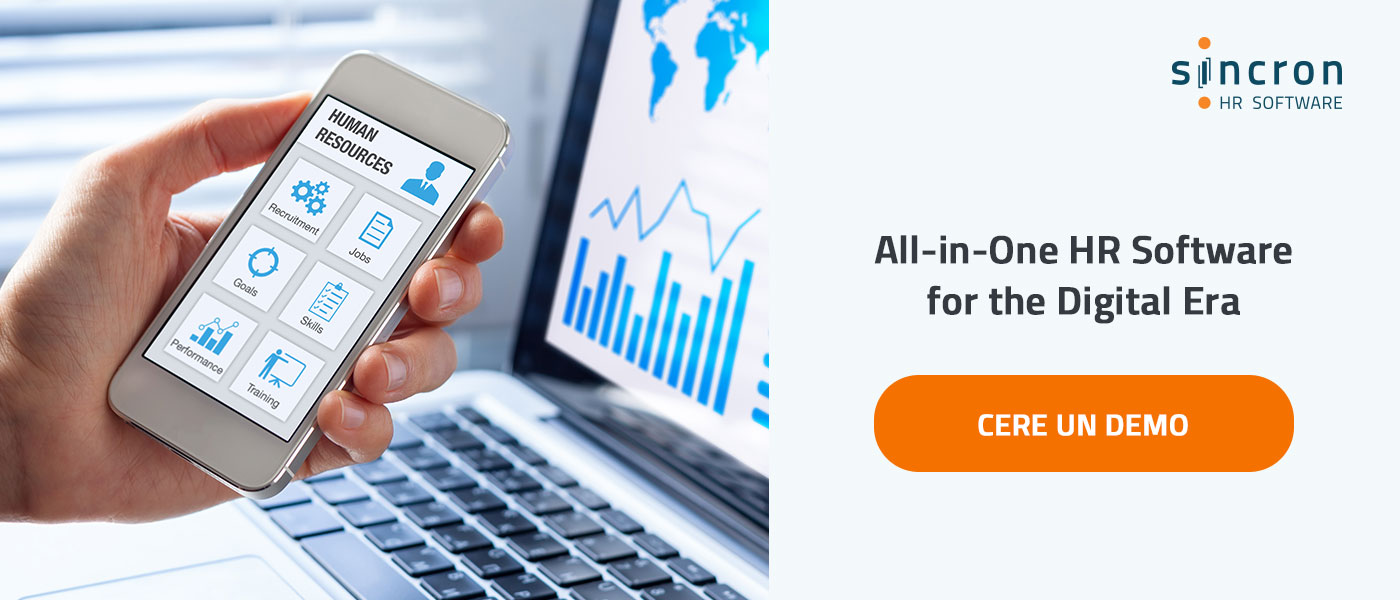
Differences between existing HR software on the market
If you are one of the HR professionals who understand how important it is to implement HR software that is tailored to the needs of your company and can grow in time with your development, then you have come to the right place.
We want to help you better understand the differences between existing HR software on the market because, as you have probably noticed, there are many different names given by the vendors of such solutions. It is normal to vary, because the way they are communicated depends on when they were developed, or the marketing strategy used by those companies.
HR software terms
Experts do not have identical views on the terms that are used for different types of HR solutions. To lower the number of confusing terms, let’s take a look at the most commonly used acronyms:
HRIS = Human Resources Information System
HCMS = Human Capital Management System
HRMS = Human Resource Management System
TAS & TMS = Talent Acquisition System & Talent Management System
ATS = Applicant Tracking System
LMS = Learning Management System
To distinguish between them, you need to know the level of complexity of an HR solution:
- Does it serve tasks on a single vertical – such as recruitment or training?
- Does it cover the extensive needs of your HR department?
Vertical solutions
Let’s take as an example two of the most common names for solutions that serve only one vertical: ATS (Applicant Tracking System) and LMS (Learning Management System).
ATS (Applicant Tracking System) or the applicants’ management system, is a solution that ensures the automation of recruitment processes. The solution can be used as such or can be part of more complex software solutions that involve multiple HR processes in a company.
To go further, ATS allows you to:
- Automate job posting
- Conduct resume screening
- Send automated emails to applicants for the positions they are interested in
- Manage pre-evaluation
- Communicate more easily in modern / social media environments.
LMS (Learning Management System), as its name says, will help you with training. With this solution, it is much easier to manage access to learning materials, and to disseminate these materials in any form – books / online courses / videos etc. As with ATS, LMS can be used individually or can be integrated with other modules that handle different HR processes.
Integrated solutions
Over time, various more complex solutions have emerged, which integrate the management of multiple HR processes simultaneously. Depending on the time these HR platforms were developed and the way they were positioned in terms of marketing, there are some differences.
Therefore, when looking for a more comprehensive HR piece of software, you can see any of these top three names:
HRIS = Human Resource Information System
HCMS = Human Capital Management System
HRMS = Human Resource Management System
In the market there is a certain differentiation between the three categories, based on the set of processes and features that each of them includes. Let’s see, one by one, what each of the three categories of HR solutions could offer you.
HRIS – Human Resource Information System
HRIS is the oldest name used to designate a comprehensive solution with complex functionalities above those of an HR database. The name covers various types of software that focus on basic HR features, which help you manage people, HR policies and procedures more easily.
An HRIS solution may include:
- Recruitment / ATS (Applicant Tracking System)
- Core Human Resources (employee database, organizational chart)
- Benefit management
- Timekeeping / Time management
- Compensation management
- Training and development
- Workflows
- Self-Service (Applicant / Employee / Manager)
- Reporting
HCMS – Human Capital Management System
HCMS is the name of a category of newer solutions; it is based on the entire structure of an HRIS solution and brings added features related to Talent Management flows. In some cases, flexibility in terms of language, currency, adaptability to a country’s specificity makes it suitable for companies with international branches.
HCM contains:
- HRIS
- Onboarding
- Performance and objective management
- Budgeting and position control
- Succession planning
- Wage planning
- Global HR
- HR analyzes
HRMS – Human Resource Management System
A modern HRMS solution should provide complex, integrated features, and is somewhat at the boundary between the two previous solutions.
It may also be useful to know that an HRIS solution stores more static information, such as addresses, personal identification numbers [CNPs], salary data, while an HRMS solution stores more dynamic data such as absence days or performance management information.
HRMS software provides each element contained in an HRIS solution and may include different capabilities of an HCM, so you can have an HRMS that includes:
- HRIS and / or HCM features
- Payroll
- Timekeeping (Time management)
We hope that you now have a clearer picture of the names and alternatives available under these names. Understanding the differences between the names of HR solutions is just one step in the decision-making process. The road to choosing the right solution is divided into several stages, which we invite you to discover by downloading our guide to choosing HR software.







